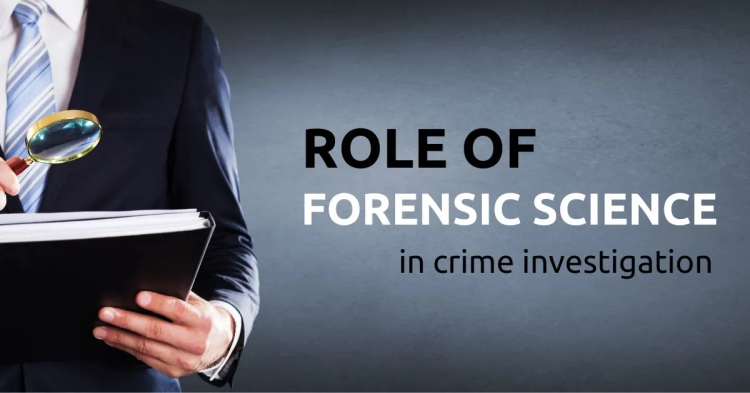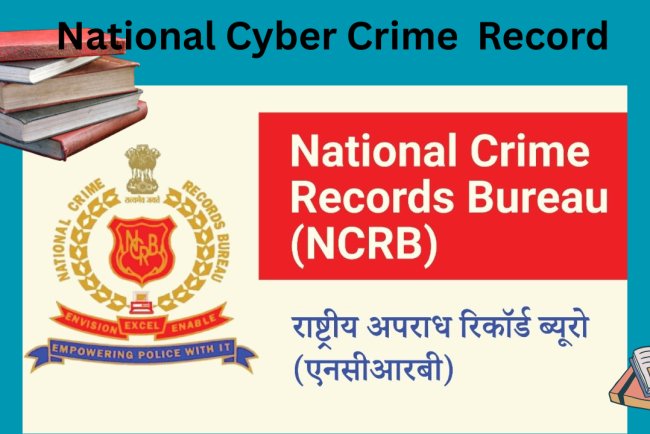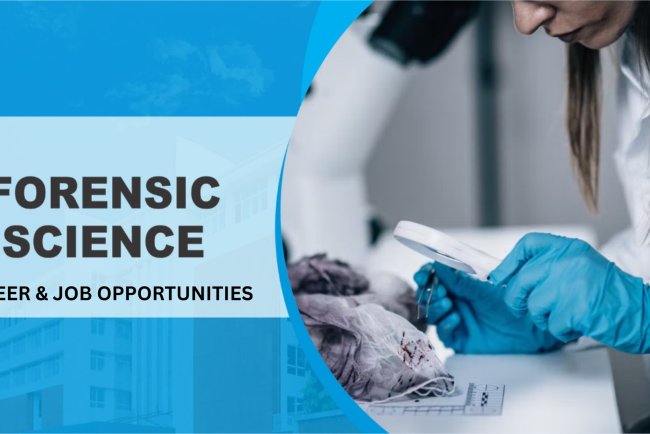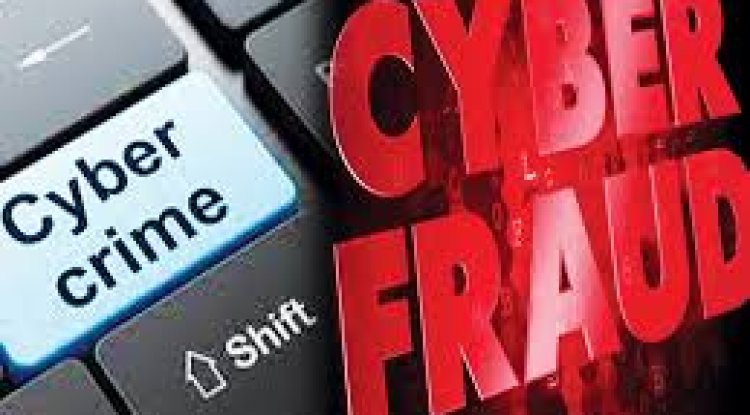Tracing Truth: The Impact of Forensic Science on Criminal Investigations
In today's crime investigation, forensic science is essential since it helps law enforcement solve crimes more precisely and accurately. It offers scientific techniques for examining evidence, reconstructing events, and frequently assisting in the establishment of facts that may be utilised in criminal proceedings. The ways that forensic science currently aids in crime investigations are broken down as follows:

Forensic science is now an essential component of criminal investigations, helping to solve crimes, uphold justice, and improve investigation accuracy and precision. Technology and scientific methods have advanced, and forensic science now aids in crime investigations in a number of ways:
1. DNA Profiling
-
Purpose: DNA analysis has revolutionized the way crimes are solved. Forensic scientists can extract DNA from blood, hair, saliva, or even skin cells left behind at crime scenes.
-
Use in Investigation: By comparing the DNA found at the scene with known individuals or databases (such as CODIS), investigators can match suspects or eliminate people from suspicion.
-
Example: DNA from a suspect's clothing could be matched to a victim, proving they were at the crime scene.
2. Fingerprint Analysis
-
Purpose: Fingerprints are unique to each person, and they can be left behind on surfaces during a crime.
-
Use in Investigation: Forensic experts can collect, analyze, and compare fingerprints found at crime scenes with those stored in databases to identify suspects.
-
Example: Fingerprints on a weapon, door handle, or window might link a suspect to a crime scene.

3. Ballistics
-
Purpose: Ballistics is the study of firearms, ammunition, and projectiles, helping investigators trace weapons used in crimes.
-
Use in Investigation: By examining bullet trajectories, gunshot residue, and markings on bullets and casings, experts can often link a firearm to a crime scene or a suspect.
-
Example: Bullets recovered from a crime scene can be matched to a specific firearm using markings left on the bullet when it's fired.
4. Digital Forensics
-
Purpose: With the growing use of technology, digital forensics has become increasingly important. It deals with recovering and analyzing data from computers, smartphones, tablets, and other devices.
-
Use in Investigation: Forensic experts can recover deleted files, trace communication between suspects, or gather evidence of criminal activity such as hacking, fraud, or even online harassment.
-
Example: Emails, social media activity, GPS data, or photos found on a suspect’s phone can help corroborate or disprove an alibi.
5. Toxicology
-
Purpose: Toxicology involves the study of drugs, alcohol, poisons, and other substances in the body.
-
Use in Investigation: Forensic toxicologists can determine if a victim was poisoned, under the influence of drugs, or had alcohol in their system at the time of death.
-
Example: In a suspected murder, toxicology reports can confirm whether a victim was poisoned before death.
6. Forensic Pathology (Autopsy)
-
Purpose: Forensic pathologists examine deceased bodies to determine cause of death.
-
Use in Investigation: An autopsy can reveal whether a death was natural, accidental, or due to foul play. Pathologists can also estimate the time of death, identify injuries, and provide other critical information.
-
Example: If a body is found with signs of trauma, forensic pathology can determine whether the death was a homicide or a result of self-defense.
7. Crime Scene Investigation (CSI)
-
Purpose: CSI teams are trained to collect physical evidence from crime scenes, ensuring it is preserved for later analysis.
-
Use in Investigation: This includes photographing the scene, collecting trace evidence (like fibers, hair, or soil), and securing materials that may later be tested in a lab.
-
Example: Blood spatter analysis, shoeprints, or tire marks left at a crime scene can provide insights into how a crime unfolded.
8. Forensic Anthropology
-
Purpose: Forensic anthropologists study human skeletal remains to determine identity, cause of death, and other factors.
-
Use in Investigation: They can help identify victims in cases where bodies are decomposed, burned, or mutilated beyond recognition.
-
Example: If a body is found in an advanced state of decomposition, forensic anthropology can help determine the victim’s age, gender, and ethnic background.
9. Forensic Entomology
-
Purpose: This field focuses on the study of insects found on the body.
-
Use in Investigation: By analyzing the types of insects on a body and their life cycles, forensic entomologists can estimate the time of death and determine if the body has been moved.
-
Example: The presence of certain fly species on a corpse can help determine if it has been in a location for hours or days.
10. Forensic Odontology
-
Purpose: This is the study of dental records to identify human remains.
-
Use in Investigation: Forensic odontologists examine bite marks or dental records to identify victims or perpetrators.
-
Example: If a victim’s body is severely disfigured, teeth can provide a match to dental records, helping to identify the person.
11. Forensic Psychology
-
Purpose: Forensic psychologists assess the mental state of suspects or witnesses.
-
Use in Investigation: They can help determine if a suspect was mentally competent at the time of the crime or evaluate their ability to stand trial.
-
Example: A forensic psychologist may evaluate whether a suspect has a history of violent behavior, mental illness, or is trying to feign insanity.
12. Forensic Accounting
-
Purpose: Forensic accountants investigate financial fraud, embezzlement, and other financial crimes.
-
Use in Investigation: They can trace illegal financial transactions, uncover hidden assets, or identify money laundering schemes.
-
Example: If a suspect is accused of embezzling funds from a company, forensic accountants will analyze financial records to trace the money trail.
Follow cyberdeepakyadav.com on
Facebook, Twitter, LinkedIn, Instagram, and YouTube
What's Your Reaction?























